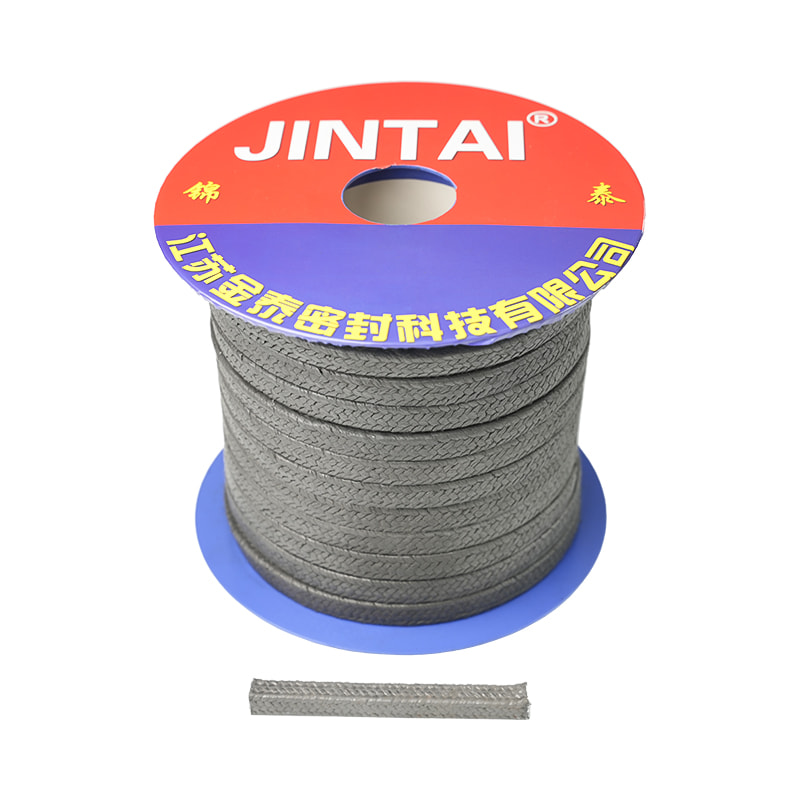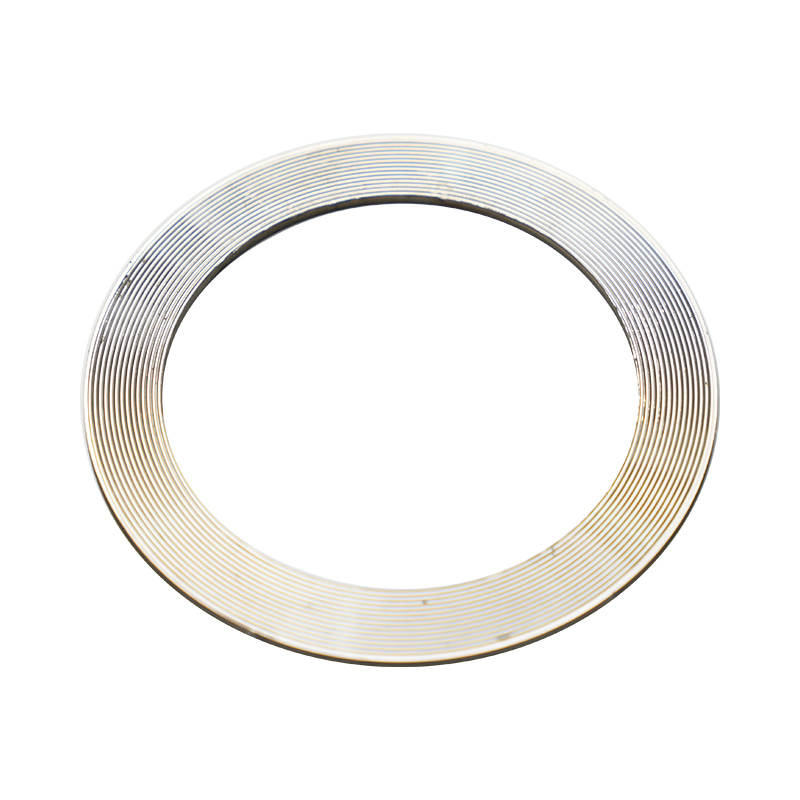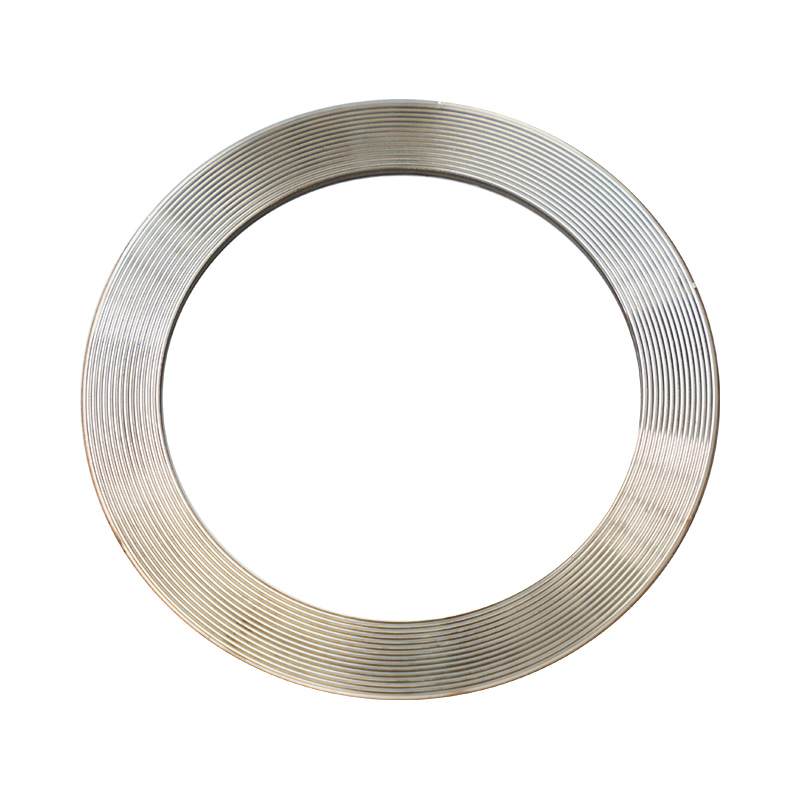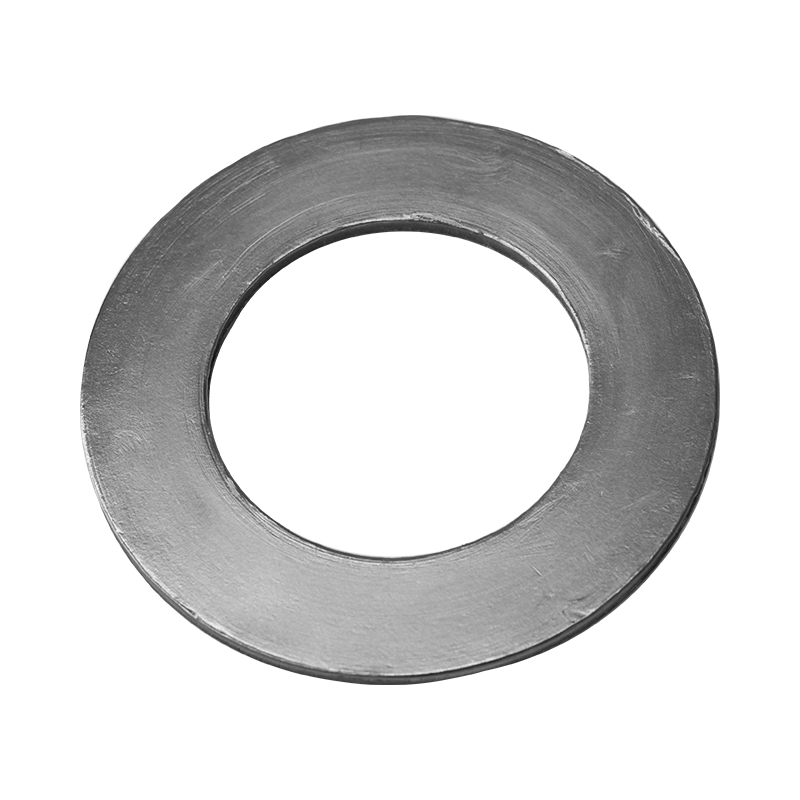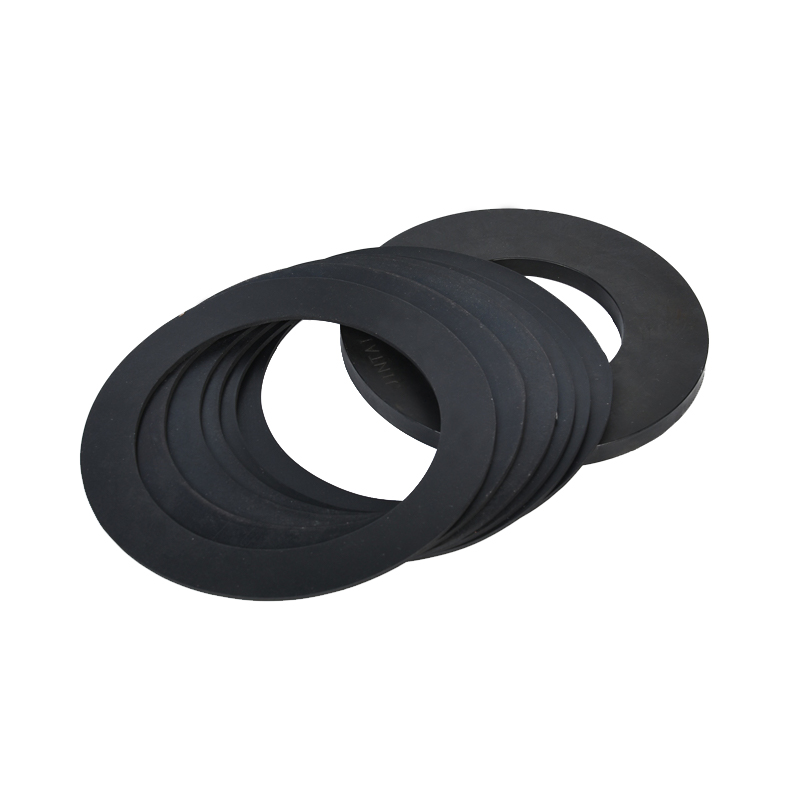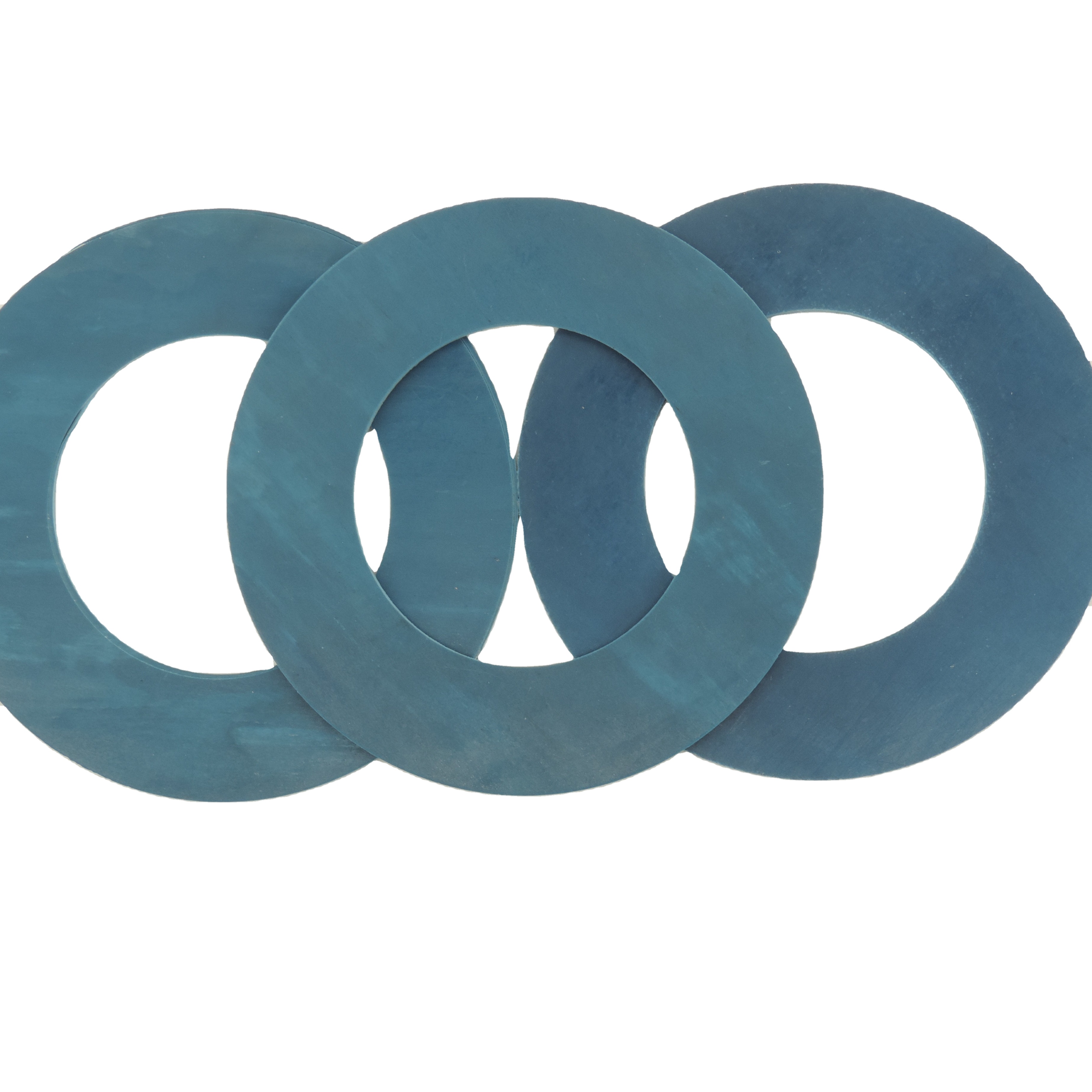How does the new Aramid Gasket improve sealing efficiency by improving parameters?
 2024.06.06
2024.06.06
 Industry News
Industry News
With the continuous advancement of industrial technology, the requirements for sealing materials are also increasing. Aramid Gasket, as a high-performance sealing material, has attracted much attention due to its heat resistance, corrosion resistance and mechanical properties. In recent years, the new Aramid Gasket has significantly improved its sealing efficiency through a series of parameter improvements, providing more reliable sealing solutions for many industrial fields.
1. Background of parameter improvement
Although the traditional Aramid Gasket already has high sealing performance, its sealing efficiency still needs to be improved in some special environments, such as high temperature, high pressure, corrosive media, etc. Therefore, R&D personnel conducted in-depth research and improvements on key parameters such as density, tensile strength, and compression rate of Aramid Gasket to meet more stringent sealing requirements.
2. Improvement of key parameters
Density optimization
The new Aramid Gasket achieves precise control of density by optimizing fiber arrangement and filling materials. Optimize fiber arrangement and number of layers based on the direction of stress and load. This adjustment allows the fibers to better withstand external pressure while reducing the risk of deformation and leakage of the material. In composite materials, through reasonable fiber distribution design, the fibers can fully exert their reinforcing effect under stress. This includes the design of high-strength fiber aggregation areas and the realization of equal strength distribution, thereby improving the overall strength and sealing performance of the composite material.
Increased tensile strength
Tensile strength is a crucial parameter that directly reflects the material's ability to resist tensile forces. This mechanical property has a decisive influence on the selection and use of materials in various application scenarios. Tensile strength, also known as tensile strength or ultimate tensile stress, is the stress a material can withstand before breaking in tension. In a tensile test, the specimen is fixed on a tensile testing machine and the tensile force is gradually increased until the specimen breaks. In this process, the tensile force is divided by the original cross-sectional area of the specimen to obtain the tensile strength. In many applications, such as bridges, construction, aerospace, etc., the tensile strength of materials is directly related to the safety and stability of the structure. If the tensile strength of the material is insufficient, the structure may break or fail when subjected to tensile forces, with serious consequences. The tensile strength of a material also affects its durability. Materials with high tensile strength maintain better performance when subjected to long-term or repeated tensile forces, reducing the risk of failure due to fatigue or damage. Understanding a material's tensile strength can help engineers optimize when designing and selecting materials. They can select appropriate materials based on required mechanical properties and application scenarios, and optimize structural designs to achieve higher efficiency and performance.
Compression ratio adjustment
Compression ratio is the degree of deformation of the sealing material when it is compressed. The new Aramid Gasket achieves precise control of the compression rate by adjusting the fiber content and type of filling material. An appropriate compression ratio can ensure that the material can fully fill the sealing surface when compressed, reducing the possibility of leakage. At the same time, appropriate compression ratio can also ensure that the material can maintain good sealing performance after long-term use.
3. Improvement of sealing efficiency
Through the improvement of the above parameters, the new Aramid Gasket has achieved significant improvements in sealing efficiency. First, the optimized density and tensile strength make the new Aramid Gasket better resistant to penetration and pressure from fluid media, thus reducing the risk of leaks. Secondly, precise compression rate control allows the new Aramid Gasket to better adapt to sealing surfaces of different shapes and sizes, further improving sealing reliability. In addition, the new Aramid Gasket also has good corrosion resistance and high temperature resistance, and can maintain a stable sealing effect in harsh environments.
4. Expansion of application fields
With the improvement of the sealing efficiency of the new Aramid Gasket, its application areas have also been further expanded. At present, the new Aramid Gasket has been widely used in the sealing of pumps, valves, pipelines and other equipment in petroleum, chemical, electric power, food and other industries. In the future, with the continuous advancement of technology and the growing market demand, the new Aramid Gasket is expected to play an important role in more fields.
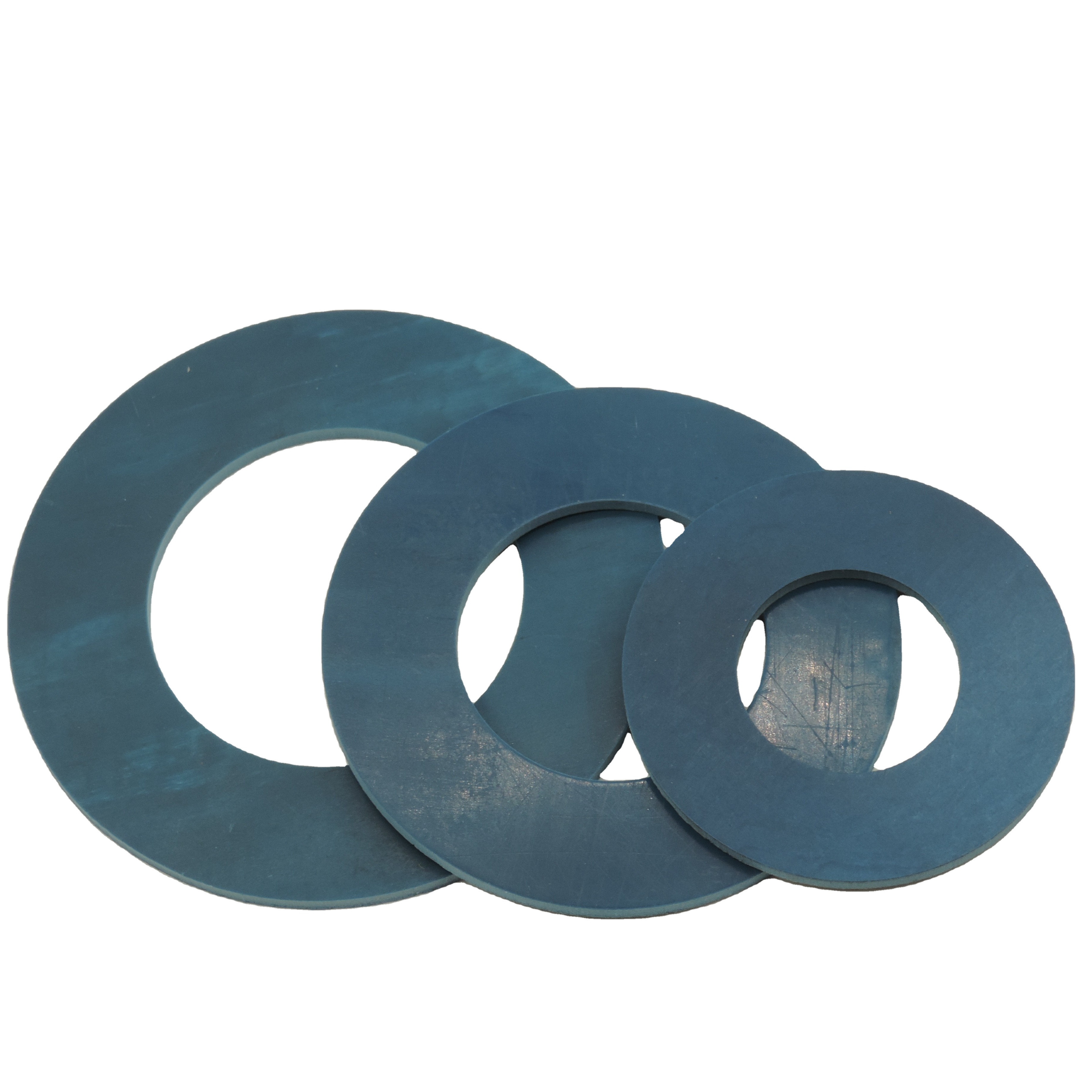

 Eng
Eng  русский
русский
